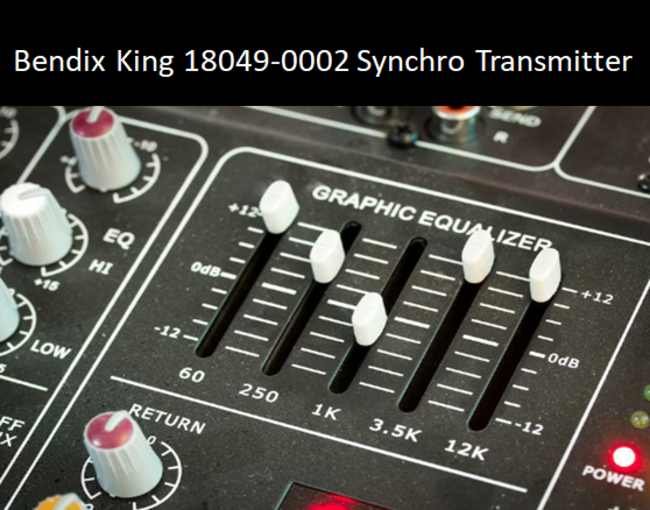Blockchain is a technology that keeps records of digital transactions in a decentralized and secure manner. Blockchain technology has become the backbone of many global ventures across industries within the last decade. Understanding the technology behind these networks can provide insight to investors looking for profitable opportunities within the crypto industry and beyond. Here’s a look at two different consensus models for blockchain networks and how each may benefit its investors.
Blockchain Consensus Models
Blockchain consensus models are how a blockchain network reaches an agreement on what blocks are valid and what transactions should be added to the chain. There are two main types of blockchain models, Proof of Work (PoW) and Proof of Stake (PoS):
Proof of Work
In Proof of Work, miners compete to solve computationally intensive cryptographic puzzles to validate transactions; and add them to the public ledger. The first miner who solves this crypto puzzle gets rewarded with newly minted coins. This process requires enormous amounts of processing power and electricity since each transaction must be validated through rigorous trial and error before being added as part of an unalterable ledger that contains every single transaction ever made in its history.
The Bitcoin network relies heavily on Proof-of-Work as it secures its infrastructure against hackers trying to manipulate it or steal funds from other users’ accounts by preventing double spends – when someone tries to spend their money twice at once by sending coins from different wallets under different names; proving that they have no connection between these wallets would require enormous computing power which makes it virtually impossible for hackers with regular computers.
Advantages and Disadvantages of Proof Of Work (PoW)
Let’s take a look at some of the advantages and disadvantages of PoW:
- PoW is the most secure model as it has no single point of failure; hence, hackers have to hack each node to make any changes on the network.
- It is expensive to maintain, but this cost can be reduced by using ASICs specially designed for mining cryptocurrency and reducing power consumption.
- A big challenge with PoW systems is that they require a lot of energy (electricity) and computing power since every transaction must be verified before being processed onto the blockchain network. This makes PoW somewhat unsustainable and difficult to scale from a development standpoint. Because of these drawbacks, the Ethereum blockchain has recently switched from a Proof of Work to a Proof of Stake model. You can learn more about The Merge and how Ethereum can scale with this change at FTT DAO.
Proof of Stake
Proof-of-stake systems are based on the number of tokens a particular user holds. Any user on the network who holds coins can become a node to validate blocks of transactions. The more coins you have and the more tokens other users stake with you; the higher the chances that your node will be selected randomly to verify transactions. In other words, if you own more tokens, your chances of earning block rewards increase.
Advantages and Disadvantages of Proof Of Stake (PoS)
PoS has many advantages over PoW, including the following:
- Lower energy requirements. Because there’s no need to mine blocks through costly cryptographic puzzles; and only a few nodes required to verify transactions, PoS requires much less electricity than PoW. This is good news for the environment and your wallet.
- More decentralized. Because most cryptocurrency users don’t have enough money or computing power to qualify as “miners;” they’re left out of the mining process—which means they cannot vote on changes in protocol or governance. By contrast, anyone who holds tokens on a blockchain that uses PoS can participate in voting to help decide how their network functions over time.
- Better scalability than Proof of Work (PoW). The more people use a blockchain network—or its underlying currency—the more transactions must processed by miners every second so that everything stays running smoothly without any backlogs forming behind them; this is known as scaling up.
When it comes to the question of which blockchain model is better; Proof of Work (PoW) or Proof of Stake (PoS), many factors need to be considered. Today, there are thousands of different currencies, all running on blockchain networks with unique features. Learning about these blockchain models can offer insight for investors looking for new crypto ventures.




